Degassing of molten aluminum alloy is a casting process designed to remove hydrogen dissolved in the melt.
Liquid aluminum will actively dissolve hydrogen, and the solubility of gaseous hydrogen at the melting point of liquid aluminum is 2.2 cm3/100 g.
When aluminum solidifies, the solubility of gaseous hydrogen drops sharply: aluminum with a solid melting point only contains 0.05 cm3/100 g.
Therefore, the aluminum alloy releases excess hydrogen during solidification. This leads to porosity defects distributed throughout the solid metal. The size and number of hydrogen pores depend on the initial hydrogen content, alloy composition and solidification conditions.
Flux Degassing of Molten Aluminum
A flux composed of salts containing chlorine and fluorine is used for degassing molten aluminum alloys. Degassing flux is usually powder or granular.
When the flux pellets are immersed into the furnace bottom by a clean preheated perforated bell, the degassing operation is started. The flux components react with aluminum to form gaseous compounds (aluminum chloride, aluminum fluoride). The gas bubbles and rises in the melt. The partial pressure of hydrogen in the formed bubbles is very low, so it diffuses from the molten aluminum into the bubbles. The bubbles escape from the melt and then pass through the exhaust system to remove the gas. This process continues until the bubbling stops.
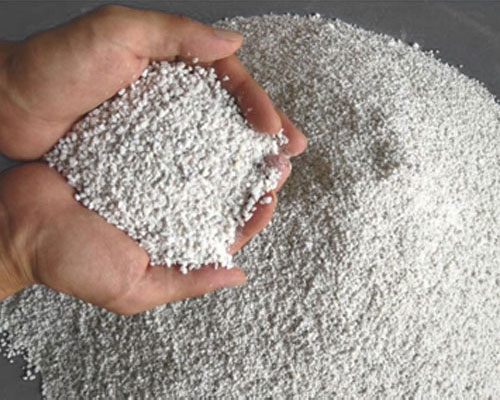
Rotary Degasser
In the rotary degassing method, inert gas or chemically inert gas (argon, nitrogen) is purged through the rotating shaft and rotor. The energy of the rotating shaft results in the formation of a large number of small bubbles, which provides a very high surface area to volume ratio.
Rotary degassing technology removes these undesirable components by bubbling a gas, usually nitrogen, through molten metal. The gas is usually introduced through a degassing rotor, which reduces the size of the bubbles and disperses the nitrogen gas throughout the molten metal bath. When the generated bubbles rise through the molten metal mass, they absorb the hydrogen dissolved in the metal and remove it from the melt. In addition, the non-metallic solid particles are swept to the surface by the flotation effect of bubbles, and then can be removed by skimming the metal.

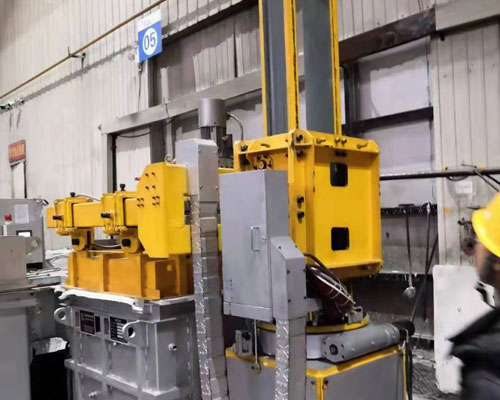
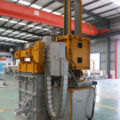


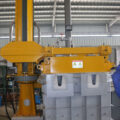


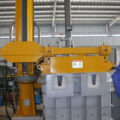
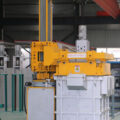
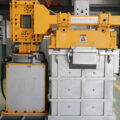
Pingback:Degassing System for Aluminium – 站点标题